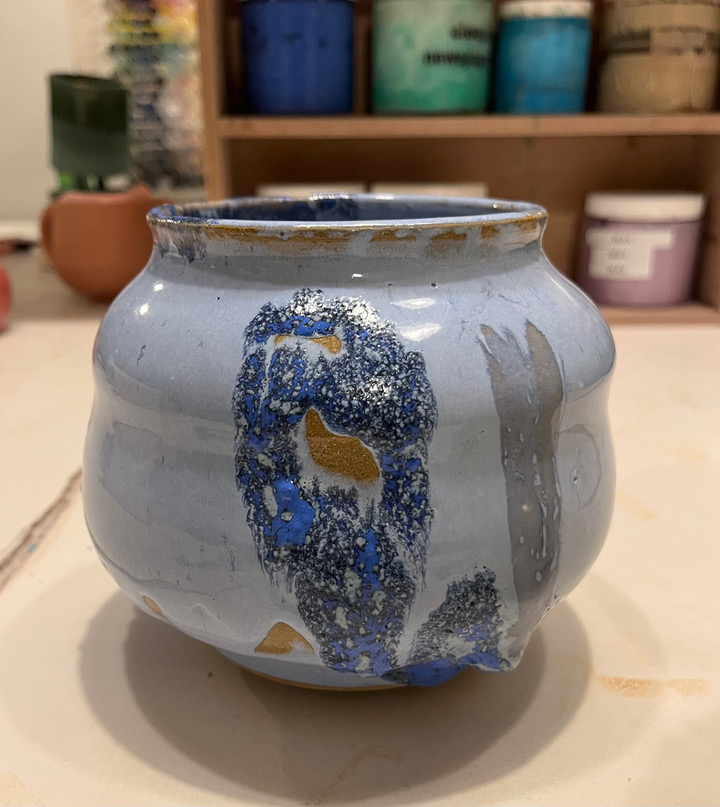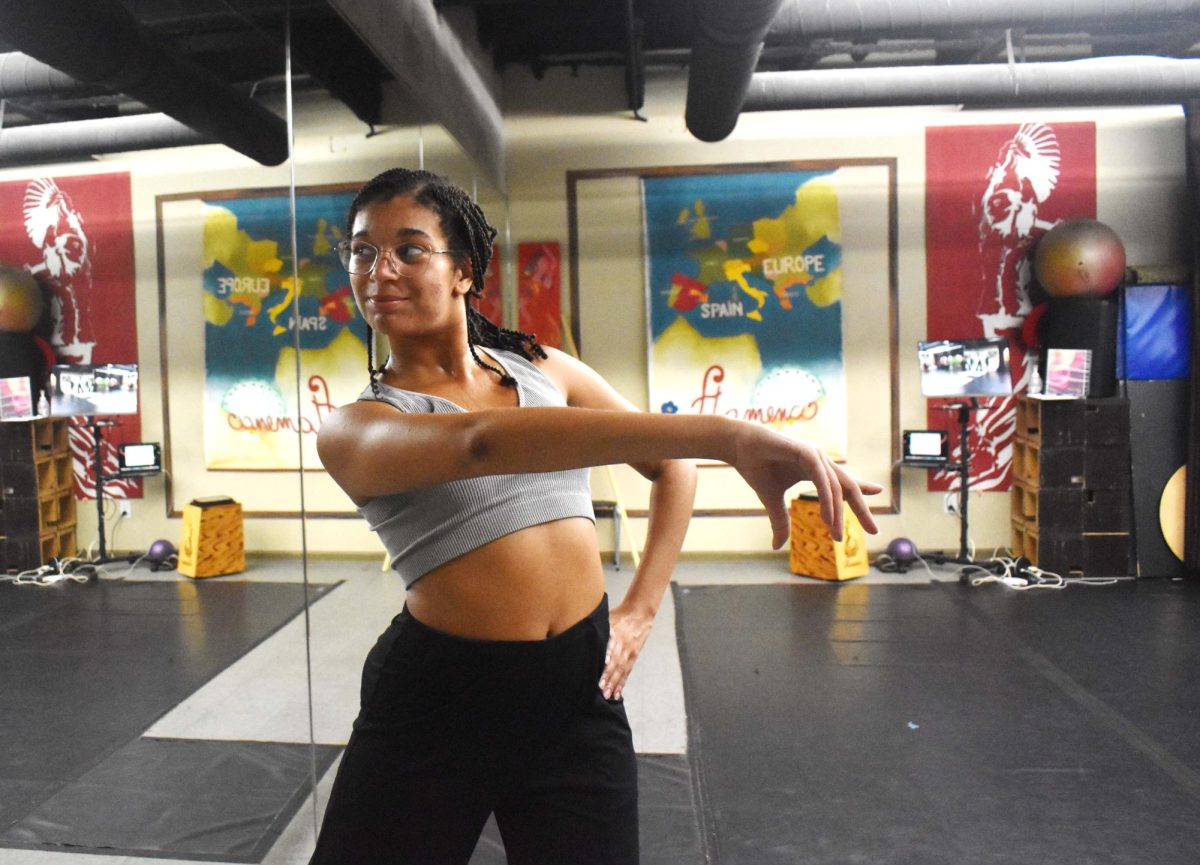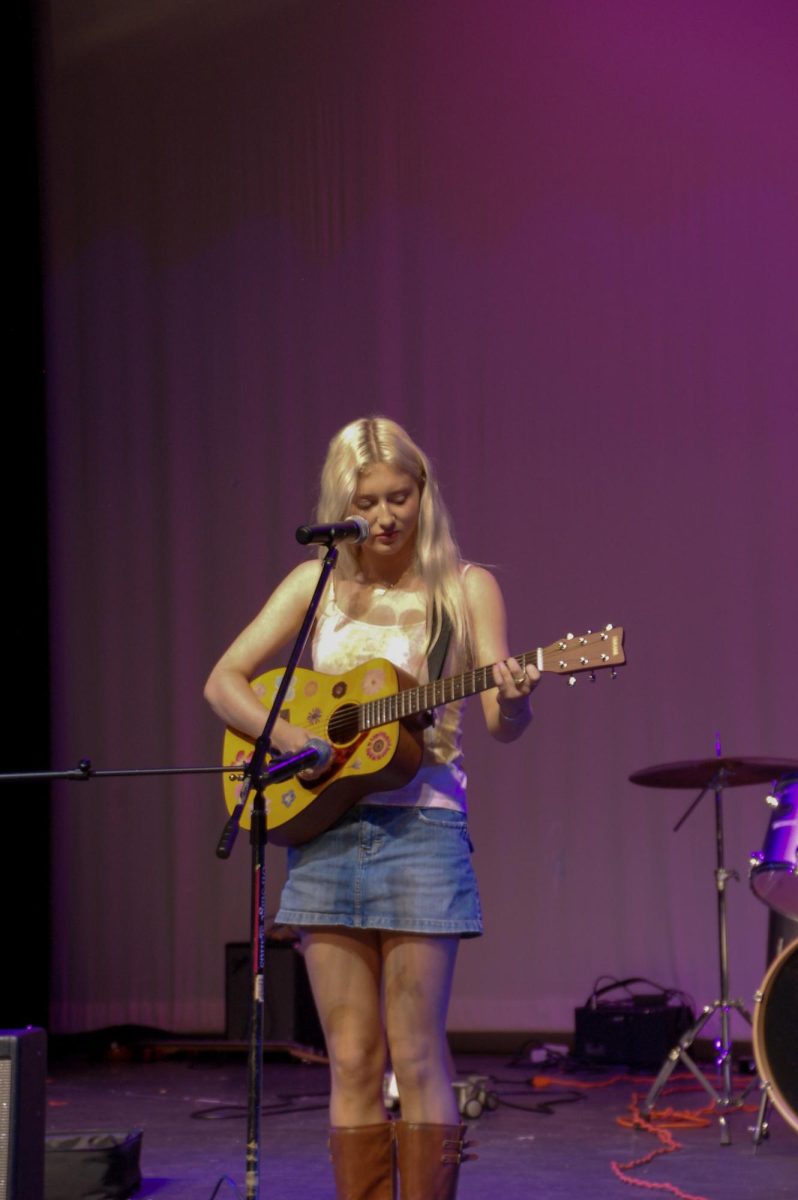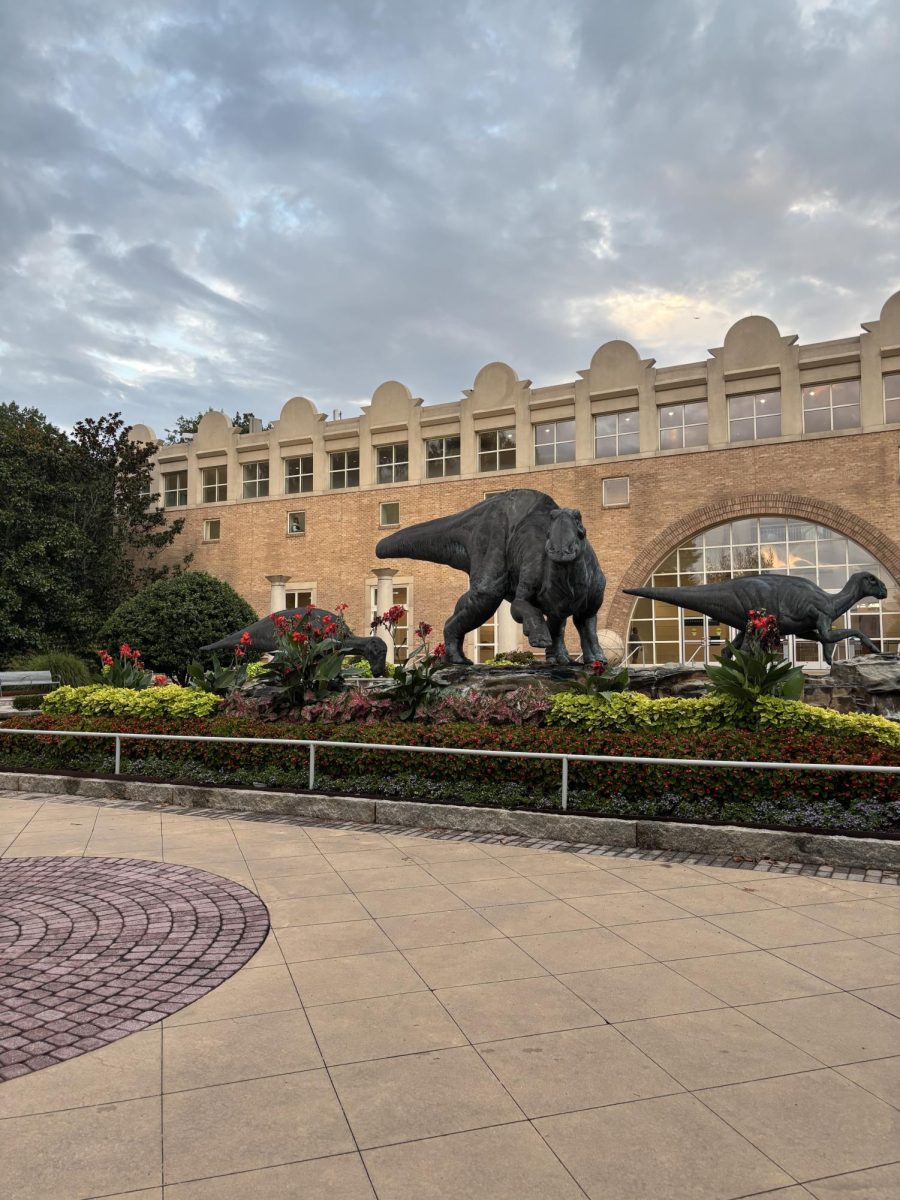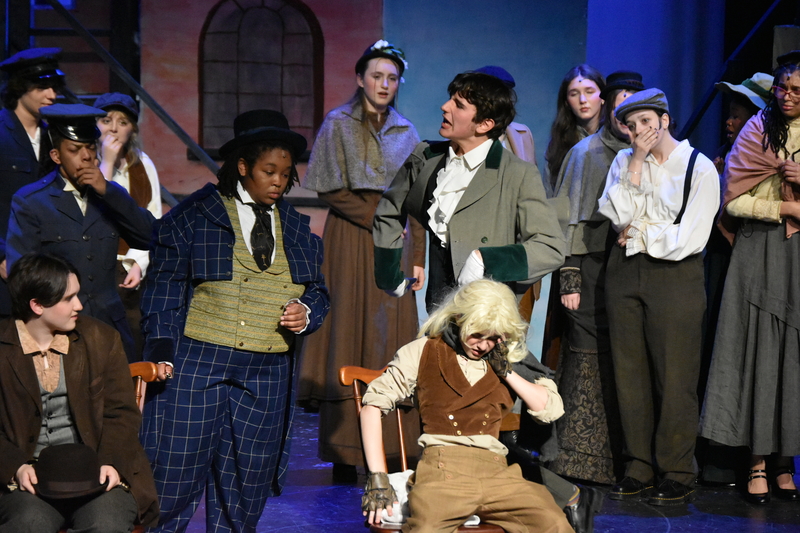
Imagining New Worlds, an exhibit at the High Museum, documents the life and work of 20th-century artist Wifredo Lam. This retrospective exhibit explores Lam’s multiracial and multicultural background—Lam was born in Cuba in 1902 to Lam-Yam, his Chinese father, and Ana Serafina Castilla Lam, his mother of African and Spanish descent. The display follows his life through the stages of his career as he rose to prominence as an artist.
The exhibit begins with Lam’s early career in art: at 21, Lam received a grant to study art in Madrid where he enrolled at the art school of the Museo del Prado under realist artist Fernando Álvarez de Sotomayor. While under the tutelage of Sotomayor, Lam’s work emulated the realistic style of his mentor.
The art created at the beginning of Lam’s career demonstrates his artistic talents but lacks the unique style evident in his later works. His portraits from this time were ideal examples of realism. One portrait on display entitled Campesina Castellana (1927) depicts a Castilian peasant with a headscarf around her delicately drawn face. The portrait was done entirely out of pencil on paper yet manages to convey every emotion on the woman’s face and every wrinkle in her clothes.
It wasn’t long after Lam started working under Sotomayor that he began to experiment with other forms of painting, inspired by the fledgling Spanish surrealism movement happening around him. In 1938, however, Lam left Madrid for Paris where he encountered Pablo Picasso and André Breton, who further instilled the surrealist and African elements in Lam’s work. In 1941, Lam fled Nazi-controlled Paris for Marseilles where he collaborated with other members of the surrealism movement until March 24, when he left Marseilles for Martinique. While in Martinique, Lam was introduced to the Négritude movement, a rejection of French colonialism by francophone black intellectuals that Lam incorporated into his paintings.
Lam’s introduction to Picasso can clearly be seen through his transition into surrealism. One piece entitled Le Repos du Modèle [Nu] (1938) depicts the classical scene of a nude woman laying down but abandons all traditional space, perspective and color entirely and instead utilizes geometric shapes and various blue tones throughout the work. The woman has geometric facial features that are simple and, unlike the portraits of Lam’s youth, convey no emotion.
After his short time in Martinique, Lam returned to Cuba in 1941. Lam’s work from this period has a unique flare, with bold colors—inspired by the tropical landscape—and scenes of animals, humans and vegetation all blended together. This period is also marked by Lam’s exploration with magical realism, which he combined with surrealism to form a style that was distinctly his own.
Perhaps one of Lam’s most recognizable works from this period, Le Sombre Malembo, Dieu du carrefour (1943), depicts orishas (spirits) surrounded by a vibrant green background, with accents of red and yellow. The bold colors from his Cuban influence are starkly juxtaposed with the unpleasant and dark subject of the painting, Malembo, a slave port in Africa.
Lam’s friend and surrealist writer Pierre Mabille invited Lam to Haiti in 1945 where Lam was largely influenced by voodoo, a blend of African religion and Catholicism. After being immersed in Haitian culture for four months, Lam began to incorporate voodoo and Santería (a syncretic religion of Yoruba and Roman Catholicism) imagery into his work.
From 1960 to 1982, Lam resided in Italy where he continued to experiment with different forms of art, venturing into graphics and print. Although Lam died in 1982 in Paris, his works are still being remembered today by contemporary artists José Parlá and Fahamu Pecou, whose works, also on display at the High, are a response to Lam’s art.
Parlá, a Miami-born and Brooklyn-based contemporary artist, emulates Lam’s works but in his own unique style. Parlá’s pieces are both 2D and 3D, and are expansive, commanding the exhibit rooms in which they reside. The pieces are colorful, vibrant, abstract and look like a decaying city wall after years of graffiti and damage. The 3D pieces look almost like mountains, some towering to six feet tall covered in writing, graffiti and torn posters.
Pecou, an Atlanta-based artist, focuses on the ideology of the Négritude movement that also inspired Lam and incorporates those ideals into his performance and visual art. The dominant display in Pecou’s exhibit is four very large paintings of magazine covers from magazines produced by Johnson Publishing Company, the first black-owned publishing company.
The exhibit concludes with a collaboration piece between Parlá and Pecou. The work expands along two walls, with the corner of the two walls in the middle of the piece. The corner serves as a symbol of a crossroad with several meanings: past and present, the orisha Elegguá of Afro-Cuban Santería and Yoruba faiths (present in several of Lam’s works) and Christian iconography. The artists term this an “altar to the imagination.”
Imagining New Worlds was amazing, insightful and inspiring. The combined works of Lam, Parlá and Pecou all came together harmoniously despite the stark contrasts in the styles. The exhibit is on display at the High Museum through May 24.

